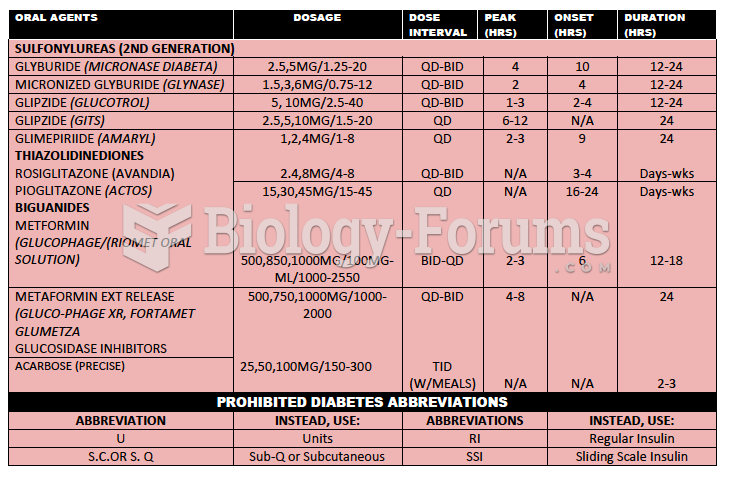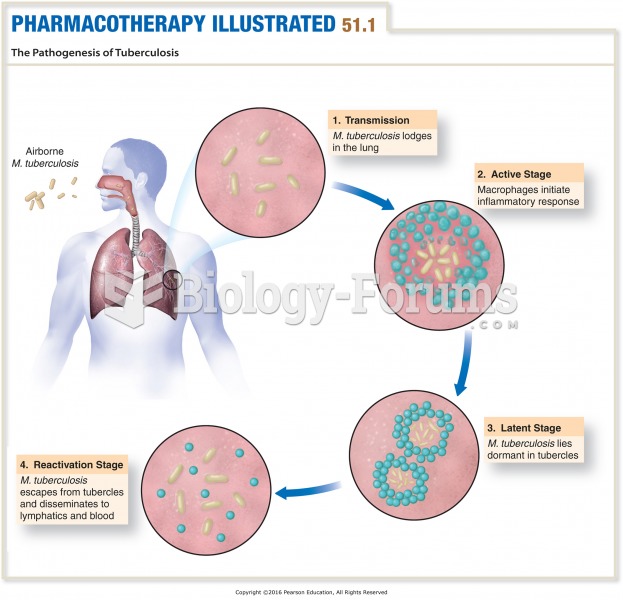Answer to Question 1
Correct Answer: 1
Rationale 1: Etanercept is a tumor necrosis factor blocker. Because tumor necrosis factor is a cytokine that is important in cellular immunity, drugs that interfere with this cytokine increase the risk of infections and are contraindicated when a client has tuberculosis or a history of tuberculosis.
Rationale 2: The adverse effects of hydroxychloroquine are not related to immune suppression.
Rationale 3: The adverse effects of methotrexate (Rheumatrex) are not related to immune suppression.
Rationale 4: Sulfasalazine is a sulfonamide used for treating rheumatoid arthritis. The immune system is not affected by this drug.
Global Rationale: Etanercept is a tumor necrosis factor blocker. Because tumor necrosis factor is a cytokine that is important in cellular immunity, drugs that interfere with this cytokine increase the risk of infections and are contraindicated when a client has tuberculosis or a history of tuberculosis. The nurse would be most concerned about concurrent administration of this medication. None of the expected effects or adverse effects of hydroxychloroquine, sulfasalazine, or methotrexate are problematic with this patient's history, however the patient should be monitored for leukopenia.
Answer to Question 2
Correct Answer: 3
Rationale 1: Opioid analgesics are not recommended for chronic conditions due to the risk of physical dependence.
Rationale 2: Glucosamine and chondroitin have not been demonstrated to provide benefits for osteoarthritis.
Rationale 3: Acetaminophen is the drug of choice for osteoarthritis. It is effective and inexpensive.
Rationale 4: Previously, aspirin in high anti-inflammatory doses has been used, but this currently is not recommended because of gastrointestinal, renal, and bleeding concerns.
Global Rationale: Acetaminophen is the drug of choice for osteoarthritis. It is effective and inexpensive. Opioid analgesics are not recommended for chronic conditions due to the risk of physical dependence. Glucosamine and chondroitin have not been demonstrated to provide benefits for osteoarthritis. Previously, aspirin in high anti-inflammatory doses has been used, but this currently is not recommended because of gastrointestinal, renal, and bleeding concerns.







